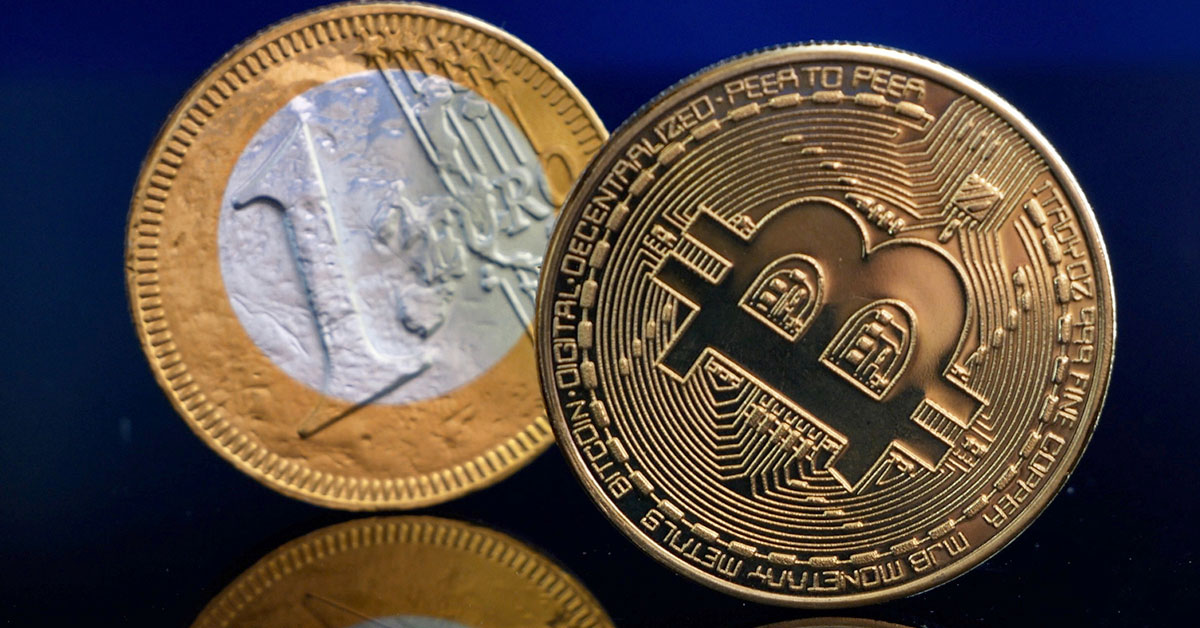
By now, we understand the importance of currency and the important role it plays in human society. Traditionally, currency has been considered a centralised and governed mode of exchange. Fiat currency, what we refer to as ‘traditional currency’ is the foundation of our financial systems, serving as a means of trade and store of value. The rise of cryptocurrency in the 21st century has challenged our understanding of money, through the invention of digital assets such as Bitcoin and Ethereum. Throughout this article we will explore the main differences between cryptocurrency and traditional currency, giving clarity into their respective benefits and limitations.
What is Cryptocurrency?
Cryptocurrency is a type of virtual, digital currency that utilises cryptographic technology to secure transactions. One of their defining features is that most cryptocurrencies operate on a decentralised platform, unable to be controlled by a central bank or government. The technology that drives the likes of Bitcoin and Ethereum is called blockchain – a digital ledger that records transactions across a vast network of computers. This allows for increased security and transparency.
Known for their volatility, cryptocurrency at its current relatively early stage of adoption and development often experiences dramatic price swings, with values changing dramatically in short time periods. It attracts investors looking for high returns, with a high risk tolerance. As a medium of exchange, certain cryptocurrencies such as Bitcoin are more often referred to as ‘digital gold’, considered a store of value or inflation hedge rather than a tool for daily spending. On the other hand, certain cryptocurrencies are well suited to transactions, with lightning fast transfer speeds regardless of geographical distance.
What is Traditional Currency?
Traditional or ‘fiat’ currency is a government-issued form of money that holds value based on the trust in the issuing authority, most likely a central bank. They can be issued as physical cash, or digitally stored in banks. Unlike cryptocurrency, fiat currency is highly centralised and tightly regulated by its issuing region. They typically won’t experience the value fluctuations of cryptocurrency in its current form, and are universally accepted for goods and services. Fiat currency is the tool of central banks for influencing inflation and interest rates, stabilising an economy and controlling purchasing power.

Key differences between Cryptocurrency and Traditional Currency
The major differences between cryptocurrency and fiat currency include:
Decentralisation vs. Centralization
By nature, cryptocurrency does not rely on a central authority, or middlemen to facilitate payments (and collect fees). In most cases, no institution is controlling it and transactions are made directly between users on peer-to-peer networks. On the other hand, traditional currency is centralised, issued and regulated by governments trusted to manage supply and purchasing power.
Technology and Infrastructure
Blockchain technology, the driving force behind cryptocurrency, is a secure, transparent ledger that anyone can access but not alter. It is the backbone of digital assets, ensuring that all data maintains integrity, and that fraud is reduced. To achieve these outcomes, traditional currency relies on established banking systems, financial intermediaries and systems such as SWIFT, which require time and fees – especially for payments across borders.
Regulation and Control
Cryptocurrency is somewhat of a ‘wild-west’ at the time of writing. It is largely unregulated, and concerns have been raised over its potential misuse for activities such as money laundering or tax evasion. Governments are slowly bringing in regulation for the use of cryptocurrencies, but are by no means at the level of heavy regulation that traditional currency is subject to.
Volatility
Bitcoin often makes headlines for its dramatic price swings, often in response to macroeconomic events or speculation. After the collapse of major cryptocurrency exchange FTX, the value of Bitcoin fell by 22% in less than a day. Traditional currencies are generally more stable, due to the high levels of regulation.
Usability
While acceptance of cryptocurrency is growing, it still remains limited compared to traditional currency. While many merchants don’t accept it as payment, El Salvador made headlines in 2021 becoming the first country to accept bitcoin as legal tender. Much progress needs to be made for cryptocurrencies to reach the level of acceptance of fiat currency, however.
Transaction speed and cost
Cryptocurrency transactions are often much faster than traditional payments, especially across borders. While cryptocurrency transactions can be made in minutes, traditional bank transfers may take several days to clear, while taking fees. It is worth mentioning that cryptocurrencies are also often subject to transaction fees. While many cryptocurrencies, particularly those utilising proof-of-stake technology, have relatively low fees compared to traditional banking, certain currencies such as Ethereum can charge high ‘gas-fees’ in times of busy network activity.
Security
While cryptocurrencies offer a higher level of privacy, allowing users to make transactions without disclosing personal information, the unregulated ‘wild-west’ environment of cryptocurrency is prone to hacking, through phishing or other methods. Digital wallets can be compromised if a user is convinced to give away their seed phrase, for example. Traditional transactions are usually secure when conducted through banks, with fraud prevention tools in place, such as the recent APP Fraud rules implemented in the UK.

The Future of Cryptocurrency and Traditional Currency
As cryptocurrency adoption continues to grow, governments are grappling with ways to regulate it and bring it into harmony with the traditional system. A potential bridge between the two worlds is the Central Bank Digital Currency, or CBDC. This is somewhat of a compromise, offering the benefits of a digital asset whilst allowing government sovereignty over the currency. While the replacement of fiat currency with cryptocurrency seems a long way off, its recognition as an increasingly important asset class is already being seen with the likes of Blackrock including Bitcoin in their ETF offerings, for example.
Conclusion
Both cryptocurrency and fiat currency have distinct roles in the world of currency, with their own strengths and weaknesses. Cryptocurrency offers users independence, privacy and technological innovation, currently at the expense of the traditional benefits of price stability and universal acceptance. As adoption and innovations continue to grow, understanding their implications is key to making informed choices about where to store, spend and invest your money.
As always, for currency news and insight into the world of currency, make sure to stay up to date with our Expert Analysis, as well as our daily Market Commentary.
Caleb Hinton
Caleb is a writer specialising in financial copy. He has a background in copywriting, banking, digital wallets, and SEO – and enjoys writing in his spare time too, as well as language learning, chess and investing.



